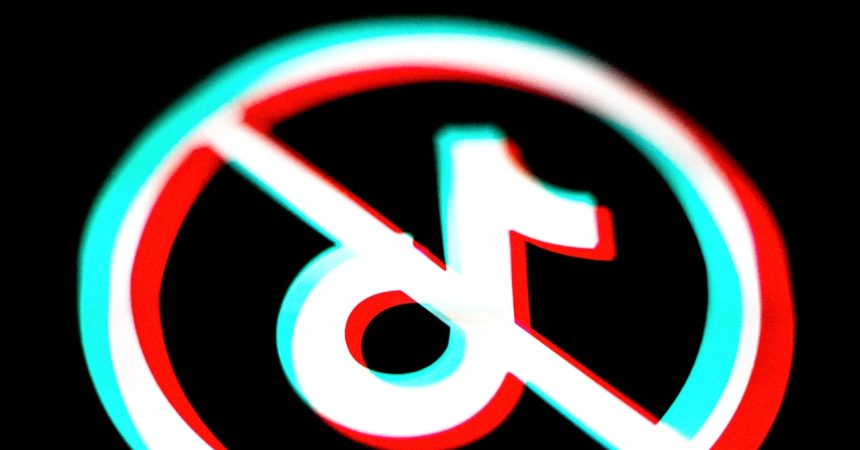The unprecedented ban on TikTok in the United States marks a significant turning point in the relationship between governments and social media platforms. For the first time, the US government has taken the drastic step of effectively barring a major global social media platform from its digital landscape, aligning itself with the censorship practices of nations like China and Russia. This action stems from legislation passed by Congress mandating TikTok’s Chinese parent company, ByteDance, to divest its American operations or face a nationwide ban. The rationale behind this move centers on national security concerns linked to the app’s Chinese ownership.
The ban’s implementation, however, differs significantly from the methods employed by countries with centralized internet control. Lacking the infrastructure to directly block access to specific apps or websites, the US government has leveraged its influence over the dominant app store providers, Apple and Google. By threatening substantial financial penalties, the legislation effectively compelled these companies to remove TikTok from their platforms. This indirect approach highlights the unique challenges faced by the US in regulating online content while ostensibly upholding principles of free speech. The law also extends to data hosting services, impacting companies like Oracle, a major cloud provider for TikTok, which reportedly initiated the shutdown of servers hosting US TikTok data following the ban.
The decision to ban TikTok has ignited a contentious debate, particularly concerning its implications for freedom of expression. Legal challenges to the ban, arguing violations of the First Amendment, were ultimately unsuccessful, with the Supreme Court upholding the legislation. Experts specializing in online speech have criticized the ban as a clear infringement on First Amendment rights. However, the Court’s decision, based on national security concerns, underscores the perceived gravity of the potential risks associated with TikTok’s Chinese ownership. This inherent tension between national security and individual freedoms lies at the heart of the ongoing debate surrounding the ban.
The timeline leading up to the ban was marked by uncertainty and shifting political dynamics. Despite initial indications from President Biden that enforcement would be left to the incoming Trump administration, the ban ultimately took effect under Biden’s presidency. TikTok’s appeals for clarification and potential reprieve from the ban were met with bureaucratic ambiguity, highlighting the complex interplay between political considerations and the app’s future. This indecision further fueled anxieties among TikTok employees, some of whom expressed bewilderment at the apparent disconnect between impending ban and ongoing business operations.
Former President Trump’s involvement in the TikTok saga adds another layer of complexity. Having previously attempted to ban the app during his first term, Trump later reversed course after gaining a substantial following on the platform. His subsequent statements suggesting a potential 90-day extension on the ban introduced further confusion and uncertainty surrounding the app’s ultimate fate in the United States. This oscillation between banning and accommodating TikTok reflects the evolving political landscape and the challenges in balancing national security concerns with the platform’s widespread popularity.
The TikTok ban represents a watershed moment in the evolving relationship between governments and global social media platforms. While the US government asserts that national security concerns justify this unprecedented action, critics argue that the ban sets a dangerous precedent for censoring online content and infringing on freedom of expression. The indirect approach to enforcement, relying on pressure on app stores and data hosting providers, highlights the unique challenges faced by the US in regulating online content without centralized control mechanisms. The ongoing debate surrounding the ban’s constitutionality and its long-term implications for the digital landscape are likely to continue shaping the future of internet governance in the United States.



